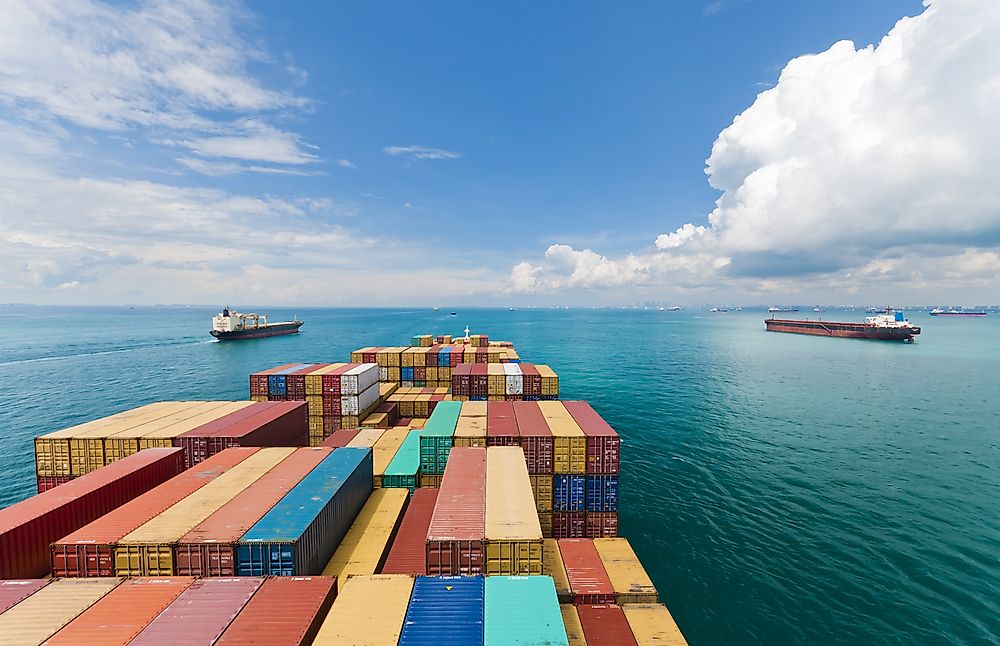Who are the Four Asian Tigers?

Introduction
The Four Asian Tigers, also referred to as the Four Asian Dragons, are often used to refer to the economies of South Korea, Taiwan, Singapore, and Hong Kong that underwent a steady growth between the 1960s to 1990s. The high growth rates that were in excess of 7% per annum were due to the rapid industrialization.
History
Out of these four Asian countries, Hong Kong’s industrialization was the first to experience growth due to the development of the textile industry in the early 1950s. By 1960s, the manufacturing industry in the country had expanded to include electronics, clothing, and plastics that which were manufactured for export. After Singapore’s independence, the Economic Development Board conceived economic strategies that promoted the Singapore’s manufacturing sector. External investors were also attracted by tax incentives that were introduced and the industrial estate's sector was soon developing and expanding. South Korea and Taiwan experienced industrialization in the mid-1960s following the governments’ introduction of tax incentives and other policies that encouraged investment. Like Singapore and Hong Kong, they too began exporting.
Impact of Export Policies
The rapid economic growth of the four Asian countries has often been termed as the "Asian miracle". The cause of this Asian miracle was the establishment of a stable macroeconomic environment. Each country among the four managed the three variables of the economy in eternal debt, budget deficits, and exchange rates to different levels of success. The Four Asian Tiger’s budget deficits were kept to low limits in that it could not affect the macro economy. External debt was also not in existence except for South Korea whose high levels of borrowing were canceled by high exportation.
The Four Asian Tigers also managed their exchange rates by changing to fixed adjustable rates regimes to curb any unwelcomed appreciation that could affect the economy. Singapore and Hong Kong, for instance, introduced neoliberal economic policies that encouraged free trade. Taiwan and South Korea adopted a regime that favored their own export industry such as the introduction of export incentives. An export push strategy was employed by Singapore, Taiwan, and South Korea as they supported specific exporting industries. The Four Asian Tigers achieved an average economic growth of 7.5% due to the implementations of the above policies over the three decades and that has been the major reasons they attained the status of developed countries.
Significance of the Asian Financial Crisis
The Asian financial crisis of 1997 affected all the Four Asian Tigers economically. The most hit was South Korea who depended on external borrowing as it affected its currency as it falls to as low as 50%. Losses in Singapore, South Korea, and Hong Kong were experienced in that year to as low as 60% in dollar terms. The Four Asian Tigers however recovered from this crisis more quickly than average.
Conclusion
It is evident that the economic growth of a country is dependent on its economic policies and the facilitation of an export-oriented trade. The Four Asian Tigers reaped from these policies and establishment of free trade and it is no surprise that they now have the developed country status.











